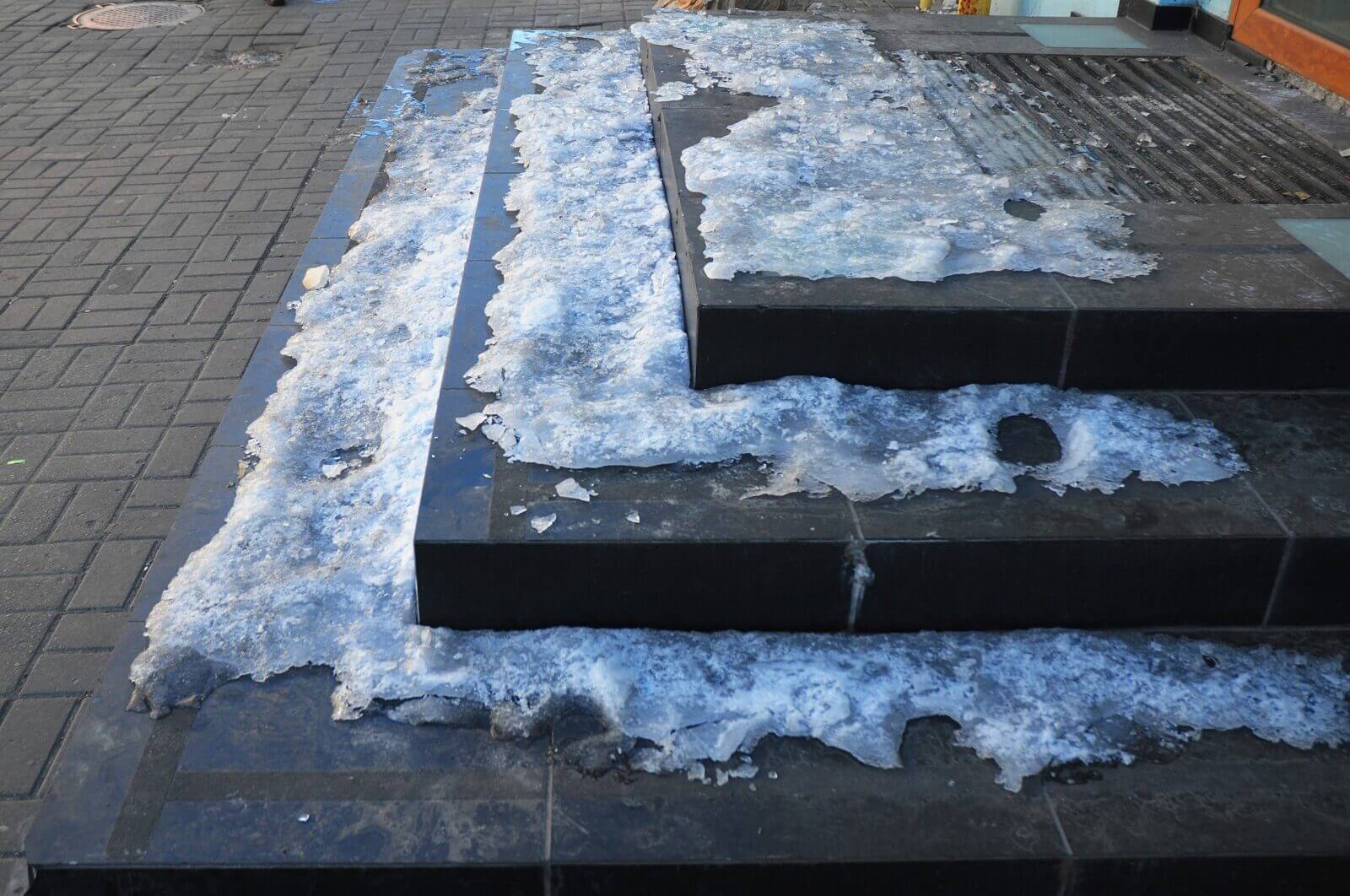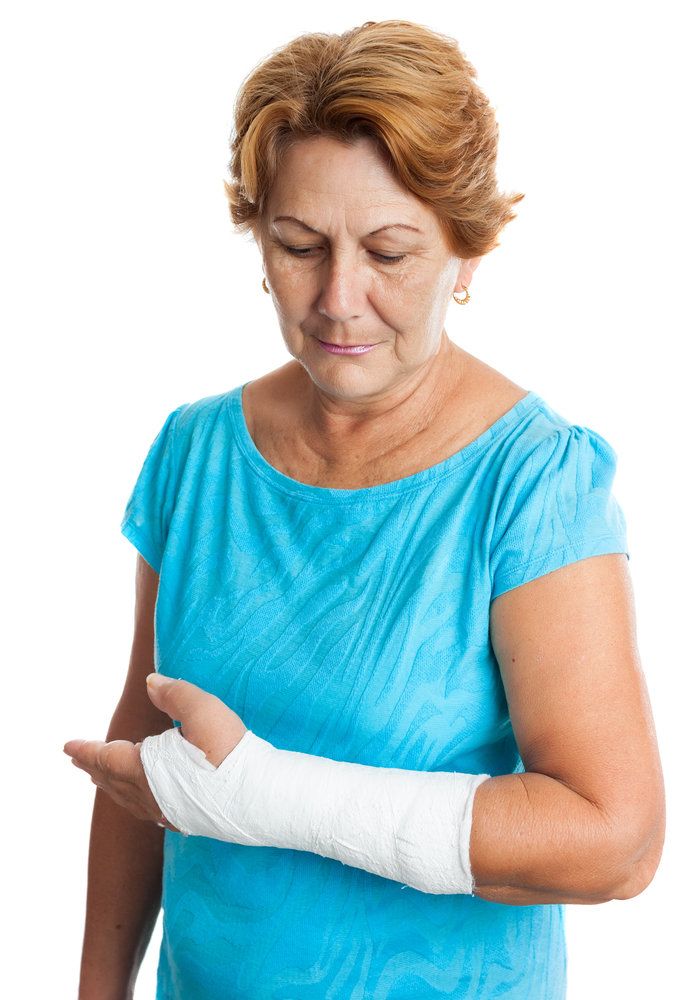Swimming pool accidents are more common than you might think, with nearly 4,000 fatal drowning accidents yearly in the United States. Pool accidents also result in an additional 8,000 nonfatal drownings each year. That’s an average of 22 pool accidents each day!
According to the Centers for Disease Control and Prevention, drowning is the leading cause of death for children. And for each of those children that die from drowning, another eight are treated in an emergency room for swimming-related accidents.
The most unfortunate part about these statistics is that swimming pool accidents are entirely preventable. Here’s a look at six common causes of accidents in swimming pools and what you can do to prevent them.
1. Slip and Fall Accidents
There’s a reason the lifeguards at the public pools are constantly blowing their whistles to remind patrons not to run on the pool deck. The walkways around pools can become extremely slippery when they’re wet, and the risk of falling is much higher when people are running. Slipping and falling while at the pool can cause broken bones, lacerations, and severe head injuries.
There’s an additional hazard when someone slips and then falls into the pool. Falling in the pool after a head injury poses a significant drowning hazard. These types of pool accidents can be reduced by using anti-slip materials around swimming pools and by walking carefully on the pool deck.
2. Failing to Use Safety Equipment
Those who use swimming pools should be responsible enough to use the proper safety equipment while swimming. Those who cannot swim on their own should always wear a lifejacket or other floatation device in the swimming pool. Accidents in the pool happen when swimmers are overconfident in their abilities and think they can handle deeper water when in reality, they should be wearing a life jacket.
Using the appropriate safety equipment at the swimming pool can save lives and prevent accidents. Make sure life jackets and floatation devices are readily available at the swimming pool and ensure that those who are unable to swim independently are wearing their life jacket properly.
3. Lack of Supervision
It happens more often than most people realize. A group of parents and their children go to the pool. Most of the kids can swim well, but one or two still need supervision in the pool. The parents get to chatting, and before they know it, one of their younger swimmers has fallen into the deep end.
If this scenario happens at a public pool, there’s likely a lifeguard on duty that will hopefully catch the incident before it goes too far. But, all too often, it happens at a private pool with no lifeguards on duty.
Small children and non-swimmers but always be closely supervised at the pool to avoid tragedies that can easily be prevented. It might be helpful to designate an adult as the person who watches the kids in the water when you’re at the pool in a group. Larger groups will need more than one water watcher.
4. Intoxication
Alcohol and swimming can be a deadly combination. And even if consuming alcohol in and around the pool doesn’t lead to death, it can be the cause of serious injuries. Alcohol and drugs can impair judgment and coordination, increasing the likelihood of slipping and falling into the pool or having an accident on the pool deck.
It’s best to avoid alcohol use at the pool altogether, which is why most public pools have a strict “no alcohol” policy. Stay sober while at the pool, and ensure those in your group do too. This can help reduce the number of accidents and deaths at swimming pools.
5. Defective or Malfunctioning Equipment
Older swimming pool equipment can malfunction or be defective with catastrophic results. Outdated drains, for example, can easily trap a small child or inexperienced swimmer against the bottom of the pool with their strong suction power. Newer drains have an updated design that prevents this from happening, but swimming in a pool with outdated equipment can be a recipe for disaster.
Drains aren’t the only part of the pool that might be defective or malfunctioning. Loose tiles on the pool deck can present a serious tripping hazard, and loose railings can cause accidents. Pool owners need to be extremely diligent about keeping their pool area up to date with equipment that functions appropriately; otherwise, they open themselves up to liability and potential lawsuits.
6. Incorrect Use of Decontaminants
Swimming pools need to be decontaminated on a regular basis to make them safe for swimmers. Decontamination is typically done using chlorine, but some pools use salt water. Sterilizing the pool with chlorine requires a delicate balance of chemicals. Too much chlorine can cause eye irritation and can even make swimmers sick. Not enough chlorine, on the other hand, can lead to harmful bacteria growing in the water. This can lead to serious illness, especially for swimmers with weak immune systems.
Pool owners need to take extreme care when decontaminating their swimming pool. Oversee the decontamination closely to make sure your pool is safe for swimmers. If you’re swimming at a pool that you suspect hasn’t been sanitized properly, get out of the water right away and keep an eye out for injury or illness associated with the contaminated pool water.
The Attorneys at Flickinger • Boulton • Robson • Weeks Can Help
Swimming pool accidents can leave children and adults with lasting injuries, illness, medical bills, and other trauma. If you’ve been seriously injured in a swimming pool accident or become extremely ill from swimming in a contaminated pool, call the personal injury experts at Flickinger • Boulton • Robson • Weeks immediately.
We are located in Northern Utah and have represented clients for over 25 years. We’re experts at what we do, so you can trust us to take care of your personal injury case. Contact us today to set up a free case evaluation to see how our services can help you.



